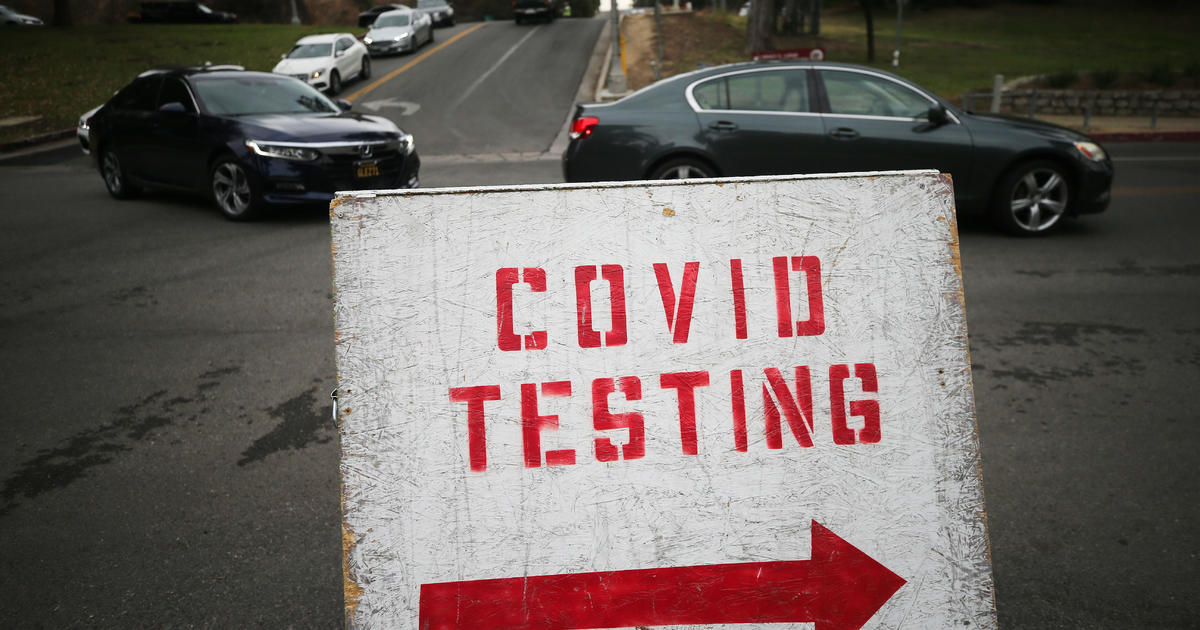A newly identified strain of coronavirus prevalent in Southern California may be contributing to the drastic peak in cases in the region, according to new research released Monday. The study, which was not peer-reviewed, found that more than a third of recent COVID-19 patients at Cedars-Sinai Medical Center in Los Angeles were infected with the strain, according to a statement summarizing their findings.
The strain, known as CAL.20C, includes five types of recurrent mutations. The statement said it was not yet clear whether it was more deadly than other forms of the virus.
CAL.20C was almost non-existent in October – but in December, it accounted for 36% of virus samples from Cedars-Sinai patients and 24% of all samples from Southern California, according to the statement. The strain has also been detected in northern California, New York, Washington, DC and even Oceania, the statement said.
“The double-digit prevalence of the CAL.20C strain in November and December was impressive, as it was first observed in July 2020 in just one of the 1,230 virus samples in Los Angeles County and was not detected again in southern California until October, “said Jasmine Plummer, a research scientist at the Cedars-Sinai Center for Bioinformatics and Functional Genomics and corresponding co-author of the study.
CAL.20C is different from the fast spreading virus variant first identified in the UK, which is known as B.1.1.7. This strain, which is 50% more contagious than other forms of the virus, It was identified in at least 20 states, according to David Begnaud of CBS News.
The CAL.20C announcement comes as Los Angeles County emerged as a global viral hotspot. One person dies from the virus every six minutes in the county, and now there is an accumulation of bodies that air quality rules were loosened to allow for more cremations.
More than 1 million people in the county were diagnosed with the virus and nearly 14,000 died – more than any other county in the country, according to data from Johns Hopkins University.
